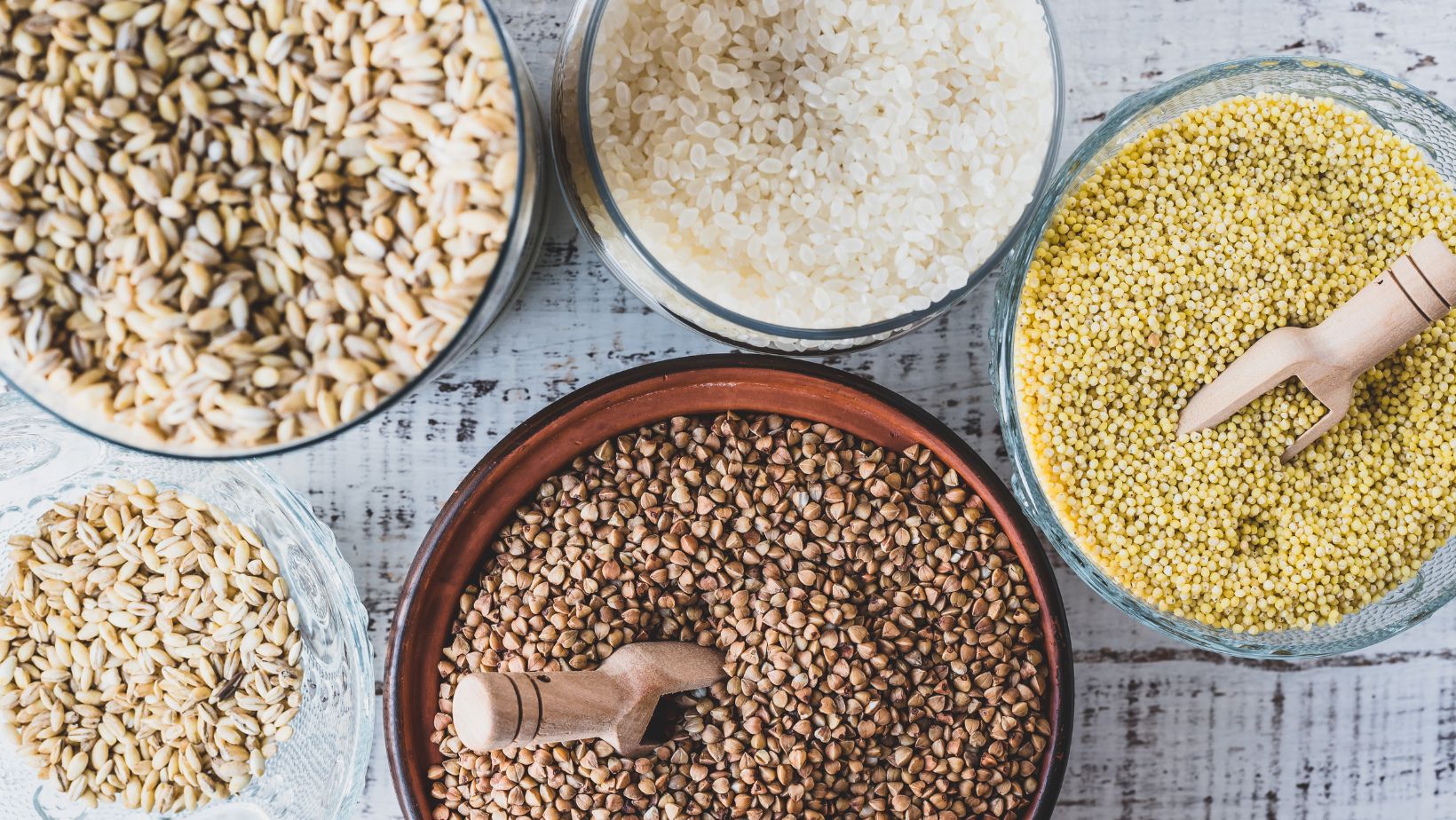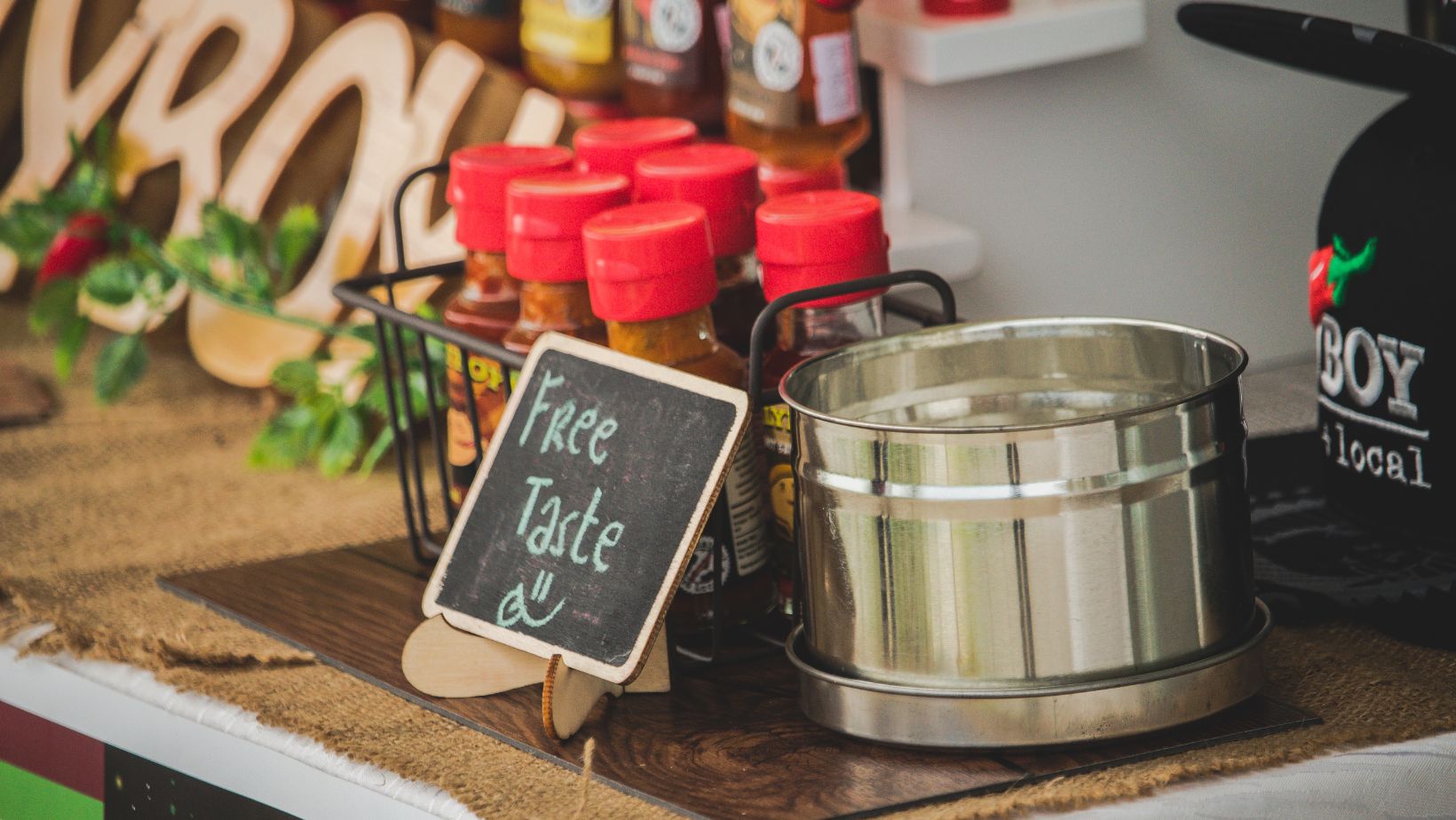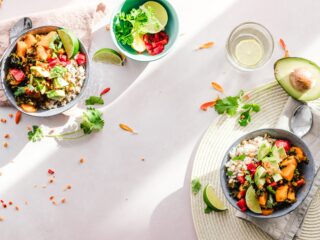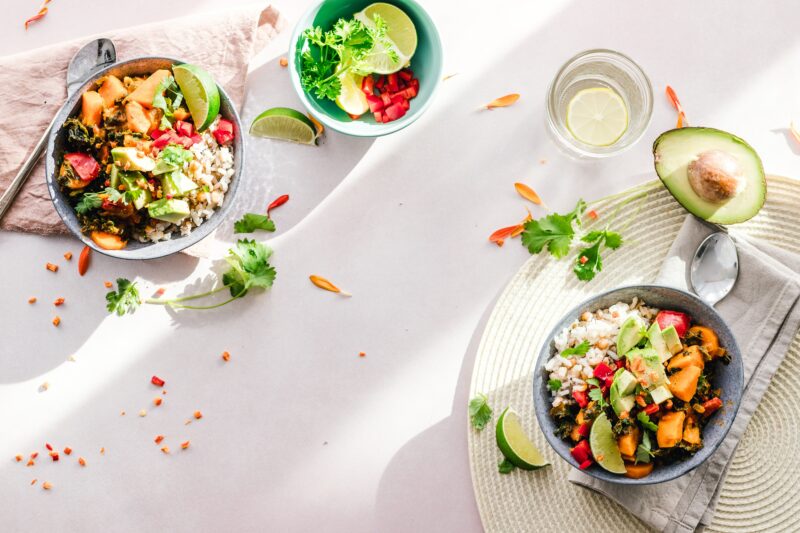
Living a gluten-free lifestyle has become increasingly popular in recent years, whether due to medical conditions like celiac disease, gluten intolerance, or simply as a personal health choice. While eliminating gluten can provide numerous health benefits for those who need it, it also comes with its fair share of challenges. From navigating food labels to finding delicious alternatives, maintaining a gluten-free diet requires dedication, research, and adaptability.
In this article, we’ll explore the reasons people go gluten-free, the challenges they may encounter, and practical tips to make the journey easier without sacrificing taste or convenience.
Why Go Gluten-Free?
There are several reasons why individuals adopt a gluten-free lifestyle. Some people have celiac disease, an autoimmune condition in which consuming gluten damages the small intestine. Others may have non-celiac gluten sensitivity, experiencing symptoms like bloating, fatigue, and headaches when they consume gluten. Additionally, some individuals choose to go gluten-free for perceived health benefits, believing it can aid digestion, reduce inflammation, or enhance overall well-being.
Regardless of the motivation, the transition to a gluten-free diet can be life-changing. However, to ensure a well-balanced and nutritious diet, it’s essential to be aware of potential pitfalls and challenges.
The Challenges of a Gluten-Free Lifestyle
One of the biggest hurdles in a gluten-free lifestyle is finding suitable food options that are both safe and enjoyable. Many staple foods—such as bread, pasta, cereals, and even condiments—contain gluten. This makes grocery shopping a meticulous process, requiring individuals to scrutinize ingredient lists and understand food labeling regulations. Fortunately, brands like Great Without Gluten have stepped in to offer high-quality, gluten-free alternatives that don’t compromise on taste. However, not all gluten-free products are created equal, and some may contain excessive sugar or preservatives to compensate for texture and flavor.
Dining out is another challenge. Many restaurants still lack gluten-free menu options or fail to prevent cross-contamination in their kitchens. Even when dishes appear to be gluten-free, hidden sources of gluten—such as soy sauce, dressings, or breaded ingredients—can pose a risk. Communicating dietary needs clearly with restaurant staff and researching gluten-free-friendly establishments can help alleviate this issue.
Additionally, a gluten-free lifestyle can be more expensive. Gluten-free products often come with a higher price tag, making it financially challenging for some individuals. Learning to cook from scratch with naturally gluten-free ingredients can be a cost-effective way to maintain the diet while enjoying delicious homemade meals.
Finding Balance: Health, Taste, and Convenience
Maintaining a gluten-free lifestyle is all about balance. Here are some strategies to help make the journey smoother:
1. Stock Up on Naturally Gluten-Free Foods
Instead of relying solely on processed gluten-free alternatives, incorporate naturally gluten-free foods into your diet. Fruits, vegetables, lean proteins, nuts, seeds, dairy, and gluten-free grains like quinoa, rice, and millet can serve as a nutritious foundation for meals.
2. Get Creative in the Kitchen
Cooking at home gives you complete control over ingredients, reducing the risk of hidden gluten. Experiment with gluten-free flours like almond, coconut, and chickpea flour for baking. Try making gluten-free pasta from lentils or spiralized zucchini for a healthy alternative.
3. Be Vigilant About Cross-Contamination
For those with celiac disease or severe sensitivity, even trace amounts of gluten can trigger symptoms. Use separate kitchen utensils, toasters, and cutting boards for gluten-free foods. When dining out, always ask about food preparation methods to ensure safety.
4. Explore Gluten-Free Brands and Restaurants
Many brands now offer high-quality gluten-free products that taste just as good as their traditional counterparts. Research and read reviews to find the best options available. Likewise, look for restaurants that specialize in gluten-free meals or have strict protocols in place for preventing cross-contamination.
5. Listen to Your Body
Going gluten-free should make you feel better, not worse. Some gluten-free processed foods contain high amounts of sugar, unhealthy fats, or artificial ingredients. Focus on whole, nutrient-dense foods to ensure you’re getting the vitamins and minerals your body needs.
The Mental and Social Aspects of Going Gluten-Free
Beyond the physical challenges, going gluten-free can also have social and emotional impacts. Attending social events, family gatherings, or traveling can be stressful when gluten-free options are limited. Being prepared by bringing your own snacks or communicating dietary needs in advance can make these situations more manageable.
Additionally, some people may not understand or support your dietary choices. While education and advocacy are essential, it’s also important to stay confident in your decision and prioritize your health. Over time, friends and family will likely become more accommodating and supportive.
Final Thoughts
Living a gluten-free lifestyle requires effort, but with the right mindset and approach, it can be a rewarding and healthful journey. By balancing health, taste, and convenience, you can enjoy delicious meals while staying true to your dietary needs. Whether you have celiac disease, gluten sensitivity, or simply want to explore gluten-free living, there are now more resources and food options than ever before.
The key is to stay informed, experiment with new recipes, and embrace the gluten-free lifestyle as a positive and empowering choice. With time, it becomes easier to navigate the challenges and fully enjoy the benefits of a gluten-free way of life.











